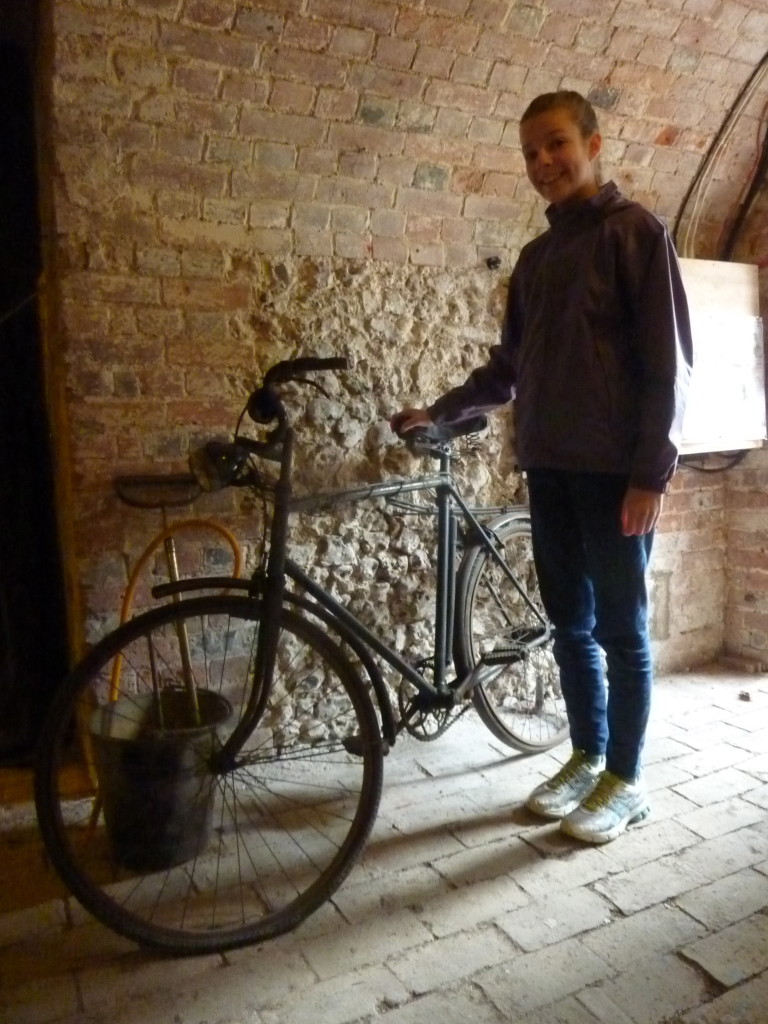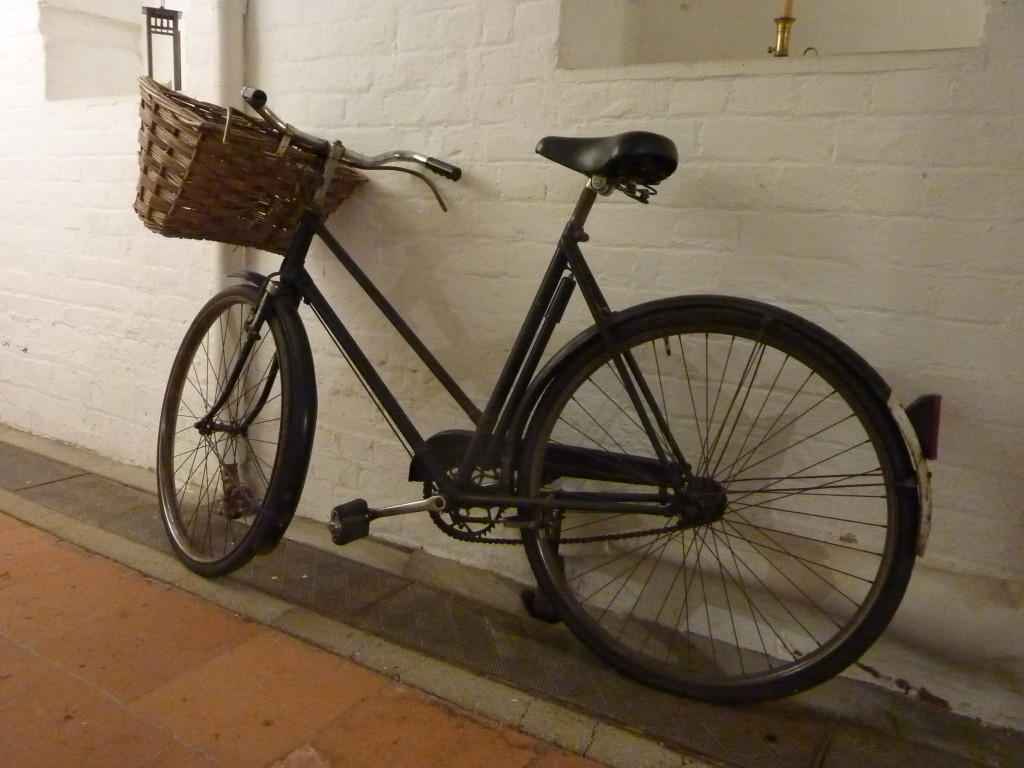Today we paid a visit to the fascinating Hughenden Manor in Buckinghamshire. While this is best known has the home of Prime Minister Benjamin Disraeli who Queen Victoria was very fond of, it has some unexpected surprises. It is a National Trust gem in the Chiltern Hills with pleasant grounds and the house itself is not too ostentatious.
What took us completely by surprise was the connection to the second World War. We were fortunate enough to arrive just at the right time for one of the NT’s Introductory Talks which instead of being a brief 10 minute overview of the property, focussed on the role of the Manor during the war years. The guide was Mr Alan Van den Pant who was a mine of information as he explained that there has been considerable secrecy over the history which has only come to light in recent years. Even those who knew the history from their personal experience were still faithful to the Official Secrets Act and it was the Ministry of Defence that agreed to lift the lid and share some of the secrets. The Manor was called Hillside Manor in the war years and was home to map makers. There was a team of artists and draughtsmen stationed there and their task was to translate air reconnisance photographs into useful maps for Bomber Command.
Amongst all the fascinating snippets of information mention was made of bicycles; naturally my ears picked up. These were issued to RAF uniformed staff to those assigned to Hillside Manor, providing they lived two miles away. If you were a lowly civilian, well you had to provide your own bicycle!
So there they were, just resting against a couple of walls; one in the Ice House Bunker, the other in a basement corridor running the length of the Manor. Both were made by BSA (British Small Arms Company) or affectionately known as “Bloody Sore Arse” in the day. With a bit of air in the tyres (or possibly new inner tubes) both looked very rideable and a tribute to the simple but very durable engineering of the era.
These bikes could almost go on forever but you’re unlikely to win a time trial on them. With their 26″ wheels, single speed and rod pull brakes there isn’t much to go wrong. Most parts appeared pretty original, save the plastic saddle and rear reflector on the ladies bike. Interestingly enough there is an ingenious method used in lacing the wheels: this is about ingenuity rather than technology but you could argue they are equally effective.
Allow me to explain: steel pressed rims aren’t particularly strong compared to today’s hollow section light alloy wonders. The back wheel takes most of the strain and therefore is made using 40 spokes and these are crossed 4 times (meaning each spoke crosses four other spokes) which evens out the impact of any excessive strain by sharing it through more spokes and a greater portion of the rim. Front wheels do not need this extra strength (or weight) and so they are built with fewer spokes. Now, the norm in those days was 36 spokes per wheel but someone found that using 32 spokes (and crossing them 3 times) the spoke length was exactly the same as the spokes used on the rear wheel. Amazing that some unknown (?) wheel builder discovered this and not only solved the problem of getting appropriately strong wheels and also in keeping the simplicity of just needing one length of spokes. Simple! WW2 ingenuity at Hillside / Hughenden Manor.






 RSS – Posts
RSS – Posts
Very cool bit of history (not to mention great pictures). I didn’t know anything about that spoke difference.
Thanks Sandy. It’s a really fascinating place to go – we’d really recommend it.
Hi was wondering if anyone knows where I can obtain a old 1950/60s rod bicycle which was used by the RA. I was in the RAF during the 60s and had one issued to me and would like to restore one if poss. If not any imformation on what make or model these bikes were. thanks for any help.
Hi Allan,
Interesting question, leave it with me for a few days and I’ll see what we can come with for you.
Kind regards,
Doug.